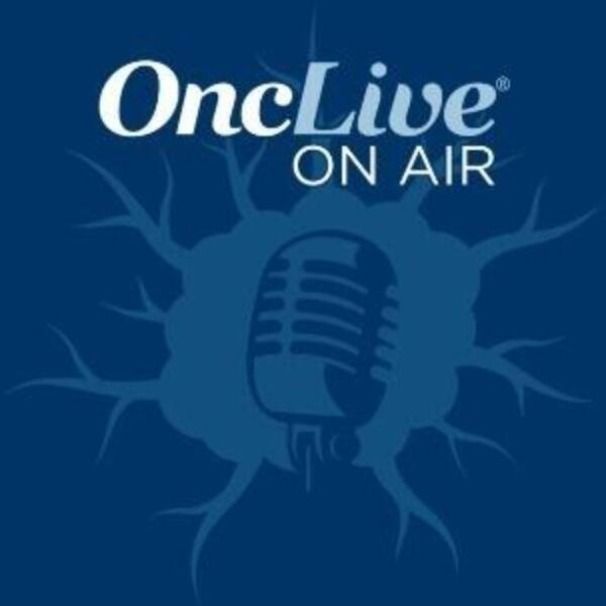Article
Off-the-Shelf Anti-Mesothelin CAR T-cell Therapy Improves In Vivo Activity Vs Gavo-Cel in Mesothelin-Expressing Tumors
Author(s):
Off-the-shelf anti-mesothelin T-cell receptor fusion construct T cells demonstrated prolonged persistence and efficacy in vivo against mesothelin-expressing tumors in mice, compared with gavocabtagene autoleucel.
CAR T-cell Therapy

Off-the-shelf anti-mesothelin T-cell receptor fusion construct (MH1 γδ allo TRuC) T cells demonstrated prolonged persistence and efficacy in vivo against mesothelin-expressing tumors in mice, compared with gavocabtagene autoleucel (gavo-cel; TC-210), according to findings presented at the 2022 AACR Annual Meeting.1
Additionally, MH1 γδ allo TRuC T cells yielded similar in vitro activity vs gavo-cel and MH1 γδ allo TRuC T cells elicited in vivo efficacy against SUIT2 tumors with low mesothelin expression. Finally, MH1 γδ allo TRuC T cells created with a T-cell receptor Alpha Constant (TRAC) and B2M multiplexed knock out retained their full potency.
The presence of the TRC-alpha and TRC-beta subunits on gavo-cel can increase the risk of patients developing graft-vs-host disease (GVHD). To reduce the alloreactivity of alpha and beta T cells and reduce the risk of GVHD, the TRAC locus was knocked out from MH1 γδ allo TRuC T cells.
MH1 γδ allo TRuC T cells are generated CRIPSR/CAS9 is used to target the TRAC to eliminate cell surface express of the TCR. Lentivirus is then utilized to transduce primary T cells with allo TRuC transgenes to reassemble a non-alloreactive TCR. Allo TRuC transgenes consist of a single-domain antibody (MH1) fused to the TCR gamma and delta constant domains. By contrast, gavo-cel is created by adding a TRuC transgene comprised of a single-domain antibody (MH1) that is fused to the extracellular domain of CD epsilon. Since gavo-cel retains its endogenous TCR alpha and beta subunits, they can react against allogenic HLA-I molecules and cause GVHD.
In this mouse model, engraftments of 1 x 106 MSTO-mesothelin cells mixed with Matrigel were injected subcutaneously into the right flank of NSG mice at day -21. When tumors reached 250 mm3 to 350 mm3 at day 0, investigators administered 2 x 106 intravenous MH1 γδ allo TRuC T cells or gavo-cel. Tumors were measured every 3 to 4 days to compare the efficacy of each CAR T-cell therapy.
In a negative control group, a SUIT2 engraftment was injected from days -10 to -8 prior to injection of MH1 γδ allo TRuC T cells or gavo-cel at day 0 to examine the in vivo efficacy of the 2 therapies vs SUIT2 cells. Notably, MH1 γδ allo TRuC T cells were administered with or without an interluken-15 fusion protein in the negative control group to enhance persistence.
On day 19 following the T-cell injections, investigators collected tissue samples from the blood, spleen, and liver and analyzed the samples for T-cell expansion and proliferation.
MH1 γδ allo TRuC T cells demonstrated prolonged tumor clearance compared with gavo-cel, with tumor volume increasing more over time when treated with gavo-cel vs MH1 γδ allo TRuC T cells from 4 out of 5 donors.
Additionally, in the measurement of 9 mice, the levels of human CD45+ normalized counts (cells/µL) in the blood, spleen, and liver were higher with MH1 γδ allo TRuC T cells vs gavo-cel. MH1 γδ allo TRuC T cells also demonstrated enhanced persistence in vivo, with higher normalized counts (cells/µL) of MH1 γδ allo TRuC T cells measured vs gavo-cel by VHH detection.
In the negative control group, 3 animals who received MH1 γδ allo TRuC T cells with the IL-15 fusion protein resisted tumor growth for longer than with MH1 γδ allo TRuC T cells alone, and 1 animal maintained tumor clearance throughout the duration of the study. The study authors noted these observations need to be repeated in additional donors.
References
- Donaghey J, Kwong C, Powell A, et al. Engineering off-the-shelf anti mesothelin T-cell receptor fusion construct (TRuC™) T-cells. Presented at: 2022 AACR Annual Meeting; April 8-13, 2022; New Orleans, Louisiana. Accessed April 10, 2022. Poster 4716.








